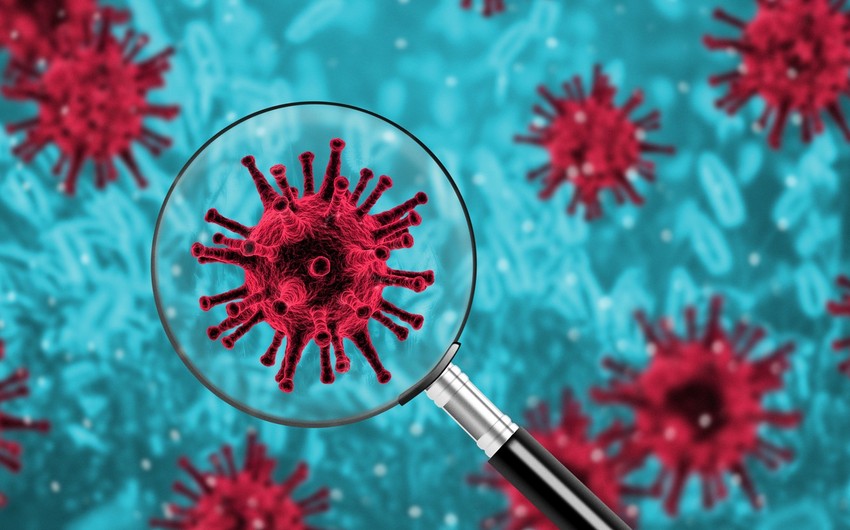Research led by the University of Southampton has revealed the fundamental features of the SARS-CoV-2 coronavirus that causes COVID19, Report says citing phys.org.
The researchers have produced the first model of a spike of the virus, which shows how it disguises itself to enter human cells undetected, and the viral proteins, which are the target of antibodies and vaccine research. The findings of this study could provide crucial information to help scientists currently searching for a vaccine.
The SARS-CoV-2 virus has a large number of spikes sticking out of its surface, which it uses to attach to and enter cells in the human body. These spikes are coated in sugars, known as glycans, which disguise their viral proteins and help them evade the body's immune system.
The research team, led by Professor Max Crispin, studied the structure of the glycans covering the surface of a mimetic of a viral spike
They were then able to map the structure of the glycans, which provides important information about how accessible the viral protein surface is to antibodies, and this is an essential step in vaccine design.
"By coating themselves in sugars, viruses are like a wolf in sheep's clothing," explained Professor Crispin. "But one of the key findings of our study is that despite how many sugars there are, this coronavirus is not as highly shielded as some other viruses."
"Viruses like HIV, which hang around in one host, have to evade the immune system constantly, and they have a dense coat of glycans as a shield to the immune system. But in the case of the coronavirus, the lower shielding by sugars attached to it may reflect that it is a 'hit and run' virus, moving from one person to the next. However, the lower glycan density means there are fewer obstacles for the immune system to neutralize the virus with antibodies. So this is a very encouraging message for vaccine development."


 https://static.report.az/photo/f77d3d80-49c1-4dda-84ec-d8c6fc73b57a.jpg
https://static.report.az/photo/f77d3d80-49c1-4dda-84ec-d8c6fc73b57a.jpg

